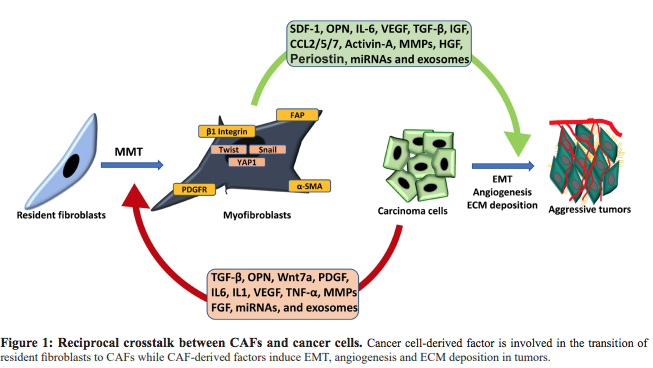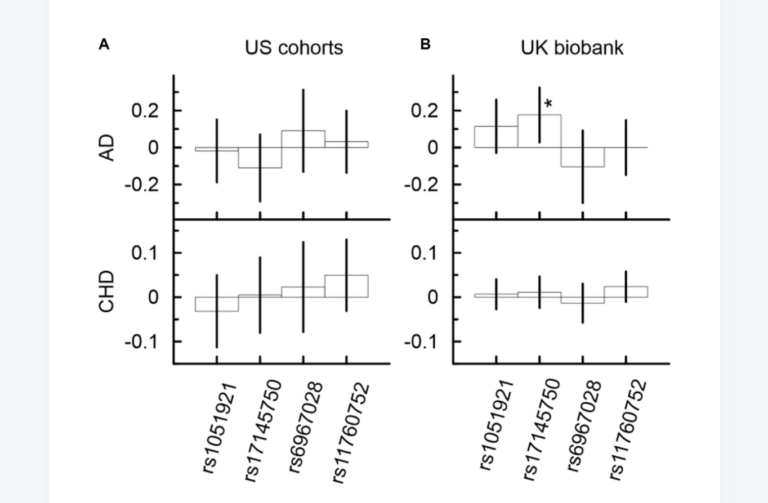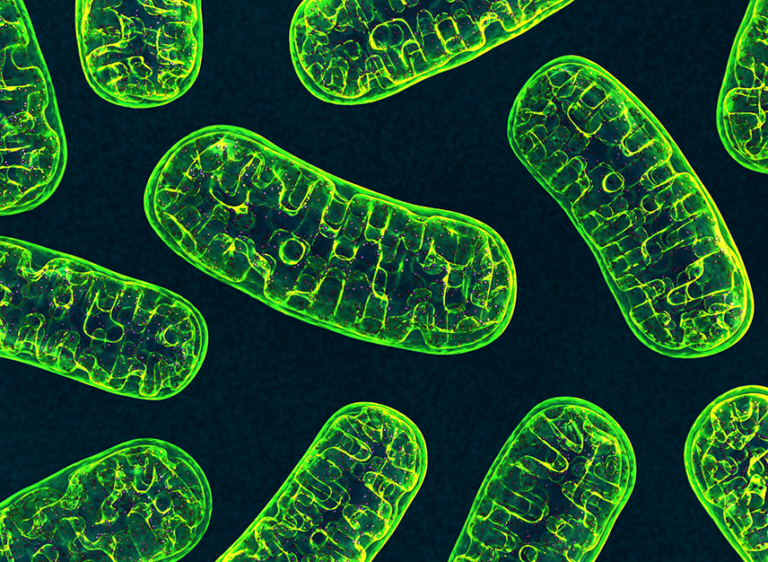Behind the Study: Molecular Dialogue Between Tumor Cells and Fibroblasts
Oncotarget, Spotlight
May 25, 2023Dr. Gopal C. Kundu from KIIT Deemed to be University in Odisha, India, describes a recent editorial he co-authored that was published by Oncotarget in Volume 14, entitled, “The molecular dialogue between the tumor cells and fibroblasts.”
Behind the Study is a series of transcribed videos of researchers elaborating on their oncology-focused research published by Oncotarget. Visit the Oncotarget YouTube channel for more insights from outstanding authors.
—
Hi, this is Professor Gopal C. Kundu. I’m the Director Research and Development of Kalinga Institute of Industrial Technology, KIIT University, Bhubaneswar India. I am also the corresponding author of this editorial published in Oncotarget. KIIT University is one of the top private universities within Eastern India. This editorial published in Oncotarget is called “The molecular dialogue between the tumor cells and fibroblasts.”
Over past 25 years earlier at National Centre for Cell Science, Pune, India, and last three-to-four years at the School of Biotechnology, KIIT University, we have studied the tumor microenvironment in breast cancer. Mostly we have studied other than tumor cells: what are the stromal cells, including cancer associated fibroblasts? What kind of proteins and genes they express? And in a coordinated manner, how they controls tumor growth at the primary site angiogenesis and metastasis. Especially in breast cancer, cancer associated fibroblast or CAFs, because of heterogeneity, they have multiple subtypes.
Some of the studies have been done in pancreatic cancer using single cell genomics. And based on these different subtypes, many growth factors including TGF IL-6, and CXCL12, etc., they differentiate fibroblast into myofibroblast and regulate that progression of the tumor in different cancers. We have demonstrated that Osteopontin, being a chemokine like ECM associated proteins, interacts with this receptor integrin or CD 44. It tends to differentiate resident fibroblast to myofibroblast or cancer associated fibroblast. And these cancer associated fibroblasts ultimately control that ECM deposition, tumor growth at the primary site angiogenesis through through EMT. We have also explored that once that tumor derived Osteopontin differentiates into fibroblast the expression of specific genes, like SDF-1, Alpha SMA, PDGF receptor beta, FAP, FSP. Their expression goes up.
We have further proven our hypothesis by developing breast cancer specific orthotropic preclinical animal model by silencing Osteopontin using the lentivirus. Most importantly, we have analyzed that stage three breast cancer present and found that Alpha SMA positive cancer associated fibroblast specific to Stage 3 breast cancer patients, they express high level of Osteopontin and transcription factor TWIST1. So that suggests that Alpha SMA positive cancer associated fibroblasts plays a very important role in the growth of the tumor in the case of breast cancer patients in response to Osteopontin.
So now the next step, what we are planning to do: We are developing the combination therapy for that breast cancer patients by using, by targeting Osteopontin regulated signaling, by blocking the function of Osteopontin regulated signalings in CAF in association with the cancer cells. And developing the specific drug-able molecule targeting Osteopontin integrin regulated signaling in association with immune therapy. And that will be testing in the preclinical breast cancer model thereafter to the Phase 1. In Phase 2 breast cancer patients trial, we’ll be studying how that response to that chemotherapeutic resistance can be overcome using this next generation of these drugs. Now we are moving in this direction.
Finally, I would like to acknowledge Dr. Ramesh Butti, who is co-author of this original paper published in Oncogene in 2021, along with all the other authors. I also thank the Director of National Centre for Cell Science Pune, Dean School of Biotechnology, Principal Kalinga Institute of Medical Science, all my R & D office staff, and that other laboratory members who are associated with this study.
Finally, I thank Dr. Achyuta Samanta, Founder of KIIT University, and Professor Sasmita Samanta, the Vice Chancellor of KIIT University, for their continuous support to the active progress of the R & D activities of KIIT University.
Click here to read the full study published by Oncotarget.
—
Oncotarget is a unique platform designed to house scientific studies in a journal format that is available for anyone to read—without a paywall making access more difficult. This means information that has the potential to benefit our societies from the inside out can be shared with friends, neighbors, colleagues and other researchers, far and wide.
For media inquiries, please contact media@impactjournals.com.


